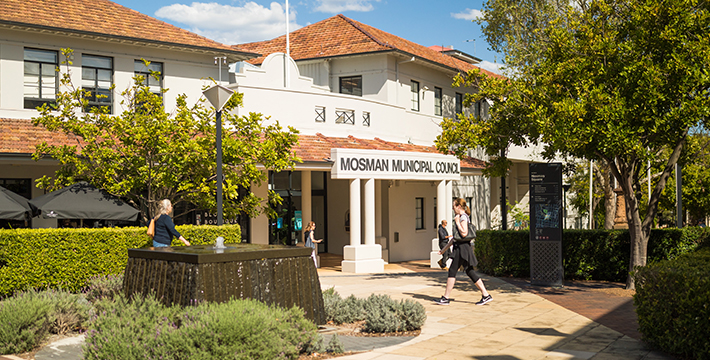Statement from Dr Andrew Higgins, TraNSIT project leader
A CSIRO report, released today, has found that Inland Rail could save close to $213 million in transport costs for 22 million tonnes of freight each year.
Australia’s national science agency has undertaken extensive independent research and consultations over two years to understand which supply chains might use Inland Rail. This research was used as inputs for CSIRO’s Transport Network Strategic Investment Tool (TraNSIT).
Of the 140 commodities modelled by TraNSIT at the time of the analysis, 94 had the potential to use Inland Rail.
Across these commodities, which range from horticulture, wood products to processed food, there was a total annual cost reduction of $213 million. This includes $34.5m per year cost reduction for existing rail users shifting to Inland Rail, as well as $178.5 million per year cost reduction for 2.28 million tonnes of road freight shifting to Inland Rail.
The Inland Rail Supply Chain mapping involved extensive engagement with industry and local governments in the vicinity of Inland Rail to ensure the latest and best information was used.
TraNSIT represents the largest supply chain mapping of Australian freight.
The logistics tool uses detailed vehicle operating costs models for both road and rail transport, which are applied to every supply chain movement, from point of production through to the market or export port.
In 2017, TraNSIT produced the first complete supply chain map of Australia’s agriculture. At the time of this Project, TraNSIT incorporated over 650,000 supply chain paths for 140 commodities between 510,000 enterprises. It comprised network modelling of over 16 million heavy vehicle movements and 9 million rail wagon movements per year.







